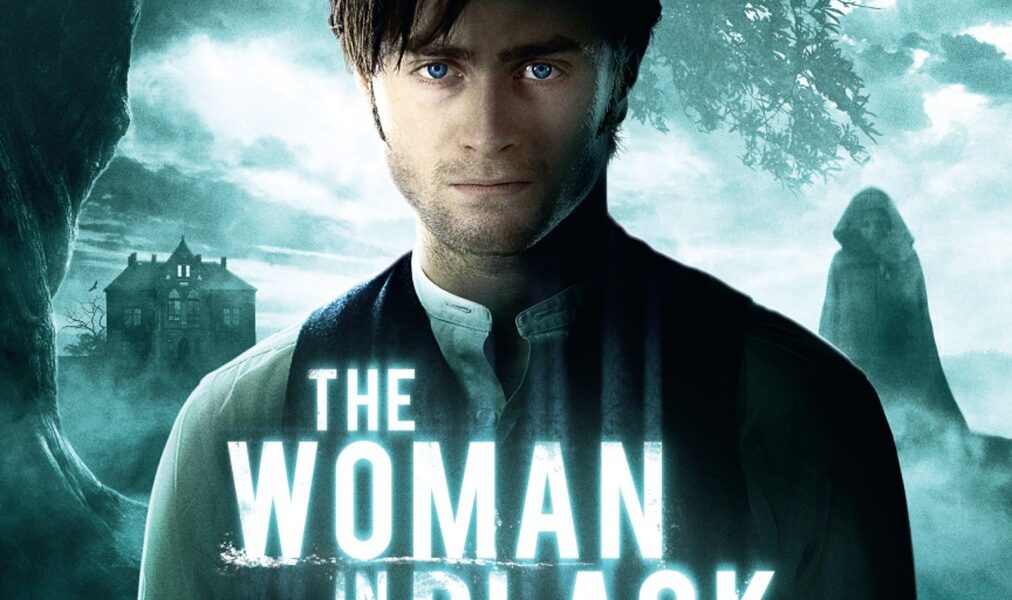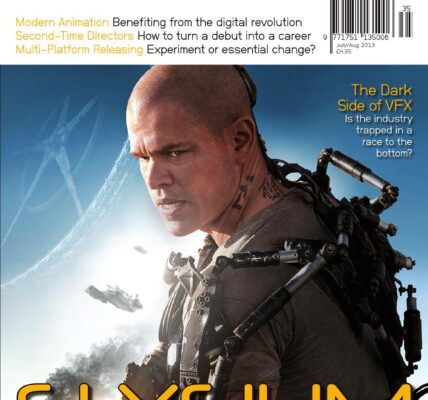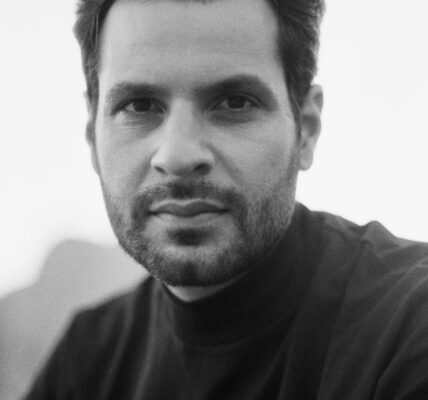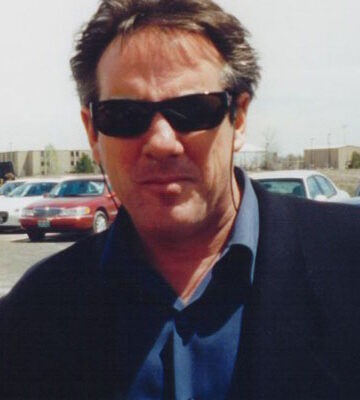I have always been interested in making a ghost story, and when I was sent Jane Goldman’s script for The Woman in Black I really responded to it. I liked the fact that it was very scary but moving at the same time; it had a real depth. When I met with the producers, they seemed to understand and like the direction that I wanted to go in.
Susan Hill’s original novel is more the focus for the film than the play. The book has that sense of an old-school M.R. James ghost story, which was something that we wanted to explore, and Susan was fantastic, always there for discussion but trusting us with her story. Jane and I then worked extensively at developing the material; the book is the book, the play is the play and the film is the film—they all have to exist in their own right. The important thing is that our film is at least as scary, if not more so!
In the first draft, there was quite a lot of backstory about who the woman in black was, and where she came from. I thought it was stronger without that; for a mystery film, the less you know the better. As soon as you start knowing who the scary figure is and empathising with their plight, it becomes less frightening. The problem in a lot of Hollywood movies is that you get this ‘third-act flash’ where everything is revealed and it suddenly becomes prosaic and mundane. I wanted to maintain the mystery and Jane definitely understood that. It was just a case of paring it back.
We also worked hard to find the emotion in the script. The Woman in Black is about one of the biggest human fears, which is parents’ fears for their children, so the consequences of that really needed to hit home. In the film, children die. That’s pretty horrific, and I wanted to punctuate those moments; I didn’t feel we could glibly skim over them. It’s one of the things I think Jane has elaborated on from the novel, in terms of exploring the footprint of that. In addition, we really wanted to mine the scares, in the way that a comedy mines the jokes, and the more I designed my locations and tried to fit everything together, the more I was thinking, ‘OK, how can I explore a scare here?’ I’m not talking about somebody jumping out and saying ‘Boo!’, but more a sense of dread.
This was something we also developed into the process of production design and cinematography. Everything had incredibly deep focus and deep shadows; the staging and depth was very important so as to maintain that feeling of what could be behind you. There’s a lot of stuff framed in doorways, for example, because it was important to get a sense of what you can’t quite see.











